Opinions differ as to whether lectures are sensible or nonsense. In the discussion, it is often ignored that it is not so much the format of the class that supports or hinders students’ learning but rather its concrete implementation. We will therefore have a closer look on the learning theory of lectures with the help of Cerbin (2018).
Even though the lecture has often been declared dead, there are many good reasons that speak in favor of this format. Like all other class formats, successful learning is neither guaranteed nor impossible. Ultimately, the quality must be measured against whether it is possible to move students to actively process what they have heard and to integrate it into their existing stock of knowledge. In a learning theory-based analysis, Cerbin (2018) identifies four problems and stumbling stones which often make the learning process more difficult. On this basis, he derives various methods with which instructors can support their students before, during and after lectures.
Problem 1: Missing or incorrect prior knowledge
Students often lack some of the prior knowledge necessary to sufficiently profit from participation in the lecture. Unknown jargon or a lack of knowledge of various theories prevent students from being able to follow the presentation. Incorrect or imprecise prior knowledge also makes comprehension more difficult. This does not only apply to lectures, however, but rather to all forms of instruction. Our prior knowledge and the way in which this information is organized determines to a large degree what and how we learn. Bransford (2000, following Cerbin, 2018) summarizes the decades of teaching-learning research with the following sentence:
Students come to every learning situation with prior knowledge, skills, beliefs, and concepts that significantly influence what they notice about the situation, how they organize and interpret it. This affects their ability to remember, reason, solve problems, and acquire new knowledge (p. 10).
It is therefore helpful to give students the chance to check their knowledge in advance. Depending on the learning outcomes, short quizzes, application tasks or case studies provided via an accompanying learning platform e.g. moodle are suitable for this purpose. Here, it is important that students not only receive feedback on missing or incorrect knowledge, but also references to learning material with which they can close these gaps, if necessary. At the same time, instructors receive feedback on the state of their students’ knowledge and, if necessary, can respond to this in their class. This method is also practiced e.g. in newer approaches such as “just in time teaching” or the “flipped classroom”. Yet, it can also be a good opportunity to support students in developing the appropriate prior knowledge for traditional lectures as well.
Problem 2: Cognitive overload
The cognitive capacity of a person is limited. In a defined period of time, only a limited amount of information can be processed. The intake and processing of new knowledge therefore represents a cognitive load (Sweller et al., 2011). The extent of this load depends, among other things, on the complexity of the subject to be learned. Sweller et al. (2011) speak here of an intrinsic load. The more elements must be learned and the more these elements are connected to one another, the greater the cognitive load is during learning. The subject is subjectively perceived as more complex, the less prior knowledge there is. But the way in which the learning material and the learning environment are designed can also influence the cognitive load (extraneous load). Distractions (including especially the use of smartphones), incoherent presentations and too much content prevent the knowledge presented in a lecture from being stored and processed.
“If intrinsic cognitive load is high, adding a high extraneous cognitive load to an already high intrinsic cognitive load may well result in an excessive total load (Sweller et al., p. 68).
Instructors can contribute to keeping the extraneous load low in various ways. One option has been known for a long time and is very simple: as early as 1987, Ruhl et al. were able to show that a two-minute break about every 20 minutes significantly increases retention in lectures.
A coherent presentation, which emphasizes the essential points and makes connections between individual parts of a lecture (series) clear, makes learning significantly easier. Naturally, well-designed slides according to the principles of multimedia learning help to reduce the extraneous load. In the following video, Prof. Patrick Winston (M.I.T.) provides a template for how a lecture can be designed. The video is around 60 min. long – time which is well spent!
Problem 3: Surface learning
Learning strategies and study techniques can differ in various ways, for example concerning the depth with which a topic is processed or the degree of intensity that is reached when engaging with a topic. (Biggs & Tang, 2011). Surface learning strategies aim more at the repetition of learning content. On the other hand, there are deep learning strategies. They are characterized by the way in which students connect information to prior knowledge, recognise patterns and organize principles, or also find implications and consequences of new information.
Sometimes students in lectures tend towards the application of surface strategies: they take copious notes or mark central passages on printouts of the slides. A possible reason for this more passive approach may be the seating arrangement and the setting in an auditorium. Students seem to be reminded of a theater: Someone stands on stage in the spotlight who delivers (hopefully entertaining) content and the students are audience members in the dark portion of the room who merely consume.

It is therefore all the more important that students in lectures are motivated in a targeted way to apply deep learning. One good method for this is a buzz group:
As the instructor, you interrupt your lecture after a content unit and ask students to form small groups of 2-3 people. Then you pose the students a question or task to process the learning content. Appropriate prompts might include
- Compare the model you have learned to the one you learned last week. Where do you see commonalities, where are there differences?
- What do you know about the topic xy?
- What does this graphic/diagram express?
- Briefly summarize the essential points that you have just heard.
- Find examples for the application of what you have just heard.
- Imagine the following scenario. What would happen next?
Problem 4: A lack of post-lecture learning
Around one third of students do not process the lecture properly afterwards. As a result, the majority of what they heard is quickly forgotten. It is therefore important here as well to encourage students to review the essential points at the end of the class or afterwards. All methods already discussed for the activation of prior knowledge are appropriate here. Quizzes, application tasks or case studies after the lecture encourage students to recall what they have learned and solidify it.
However, it can also be worth it to encourage the students to summarize the most important points at the end of a lecture. Methods such as a buzz group (as described above) or a one-minute paper are suitable for this.
How do you support students’ learning process in lectures? With what have you had good or bad experiences? Share your experiences with us, either using the comment function or via Twitter or Facebook.
References
Brame, C. (2013). Just-in-Time Teaching (JiTT). Vanderbilt University Center for Teaching.
Biggs, J. & Tang, C. (2011). Teaching for Quality Learning at University. 4th Edition. McGraw Hill.
Cerbin, W. (2018). Improving student learning from lectures. Scholarship of Teaching and Learning in Psychology, 4(3), 151–163. https://doi.org/10.1037/stl0000113
Ruhl, K., Hughes, Ch. & Schloss, P. (1987). Using the Pause Procedure to Enhance Lecture Recall. Teacher Education and Special Education, 10(1), 14-18.
Sweller, J., Ayres, P. & Kalyuga. S. (2011). Cognitive Load Theory. Springer.
Suggestion for citation of this blog post: Hawelka, B. (2022, May 5). Lecture Time! Lehrblick – ZHW Uni Regensburg. https://doi.org/10.5283/ZHW.20220505.EN
Our authors introduce themselves:




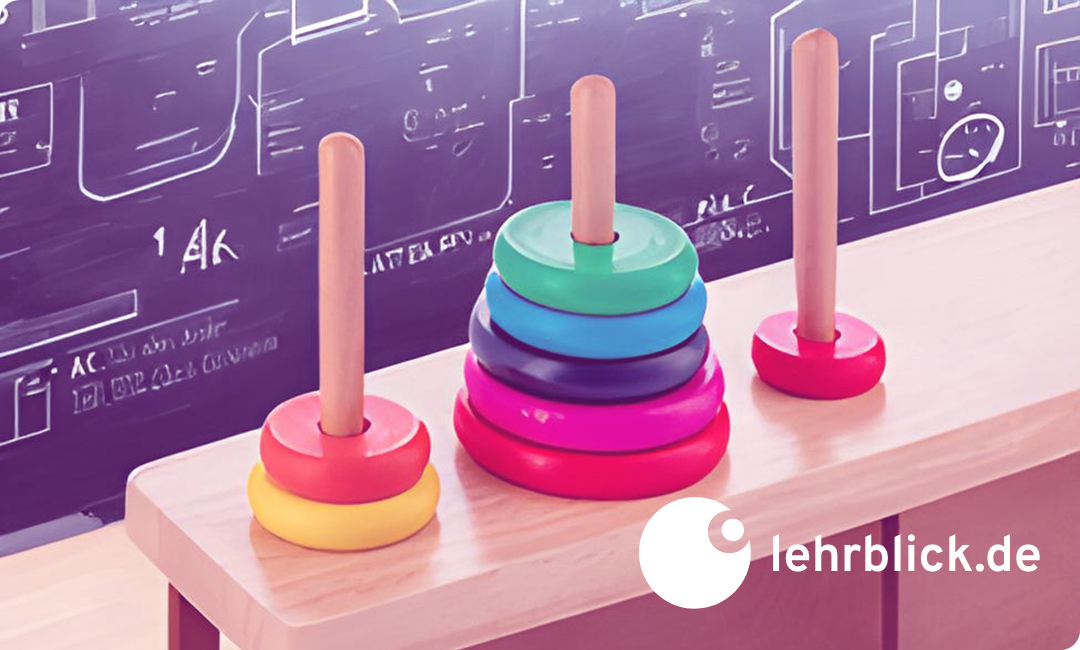
















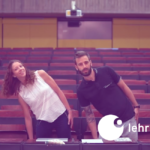








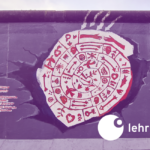









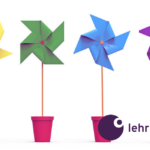






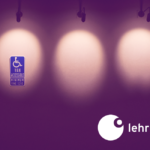


















No Comments